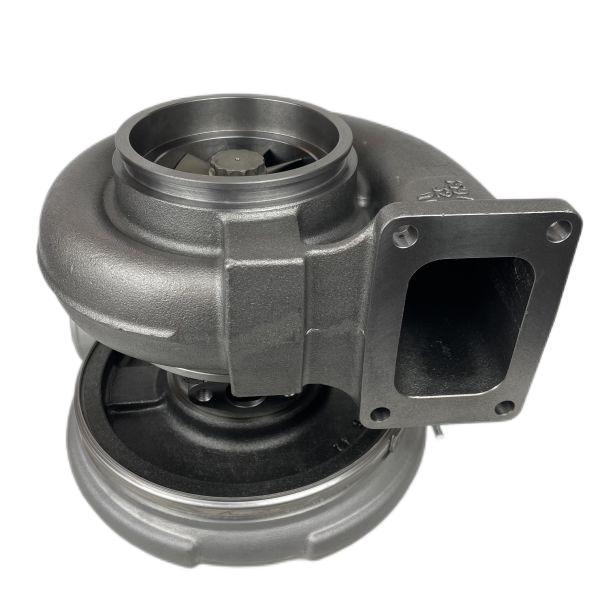Turbocharging technology improves vehicle performance and makes driving more enjoyable
With the continuous development of technology, the automotive industry is also constantly introducing new products. Among the many new technologies, turbocharging technology is undoubtedly one of the most concerned. In recent years, more and more car brands have begun to adopt turbocharging technology to improve engine performance and power output. So, what are the advantages of turbocharging technology?
First, the Turbocharger HX80 boosts the engine's power and torque. Compared with traditional naturally aspirated engines, turbocharged engines can output more torque at low rpm, which makes the vehicle easier to start and accelerate. At the same time, at high speeds, the turbocharged engine can also provide greater power output, making driving more enjoyable.
Second, the Turbocharger HX80 improves fuel economy. Since the turbocharged engine can output more torque at low speed, it can reduce the idle time of the engine, thereby reducing fuel consumption. In addition, turbocharged engines can also optimize fuel combustion efficiency by adjusting parameters such as intake air volume and fuel injection volume, further improving fuel economy.
Finally, Turbocharger HX80 also improves engine reliability and durability. As turbocharged engines are subjected to higher pressures and temperatures, more sophisticated manufacturing processes and materials are required. In addition, turbocharged engines also need regular maintenance and maintenance to ensure their normal operation. However, these maintenance and maintenance tasks can also extend the life of the engine and reduce the failure rate.
In conclusion, the Turbocharger HX80 has many advantages that increase the performance and power output of the engine while also improving fuel economy and reliability. In the future, with the continuous advancement and improvement of technology, turbocharging technology is expected to become one of the mainstream technologies in the automotive industry.

